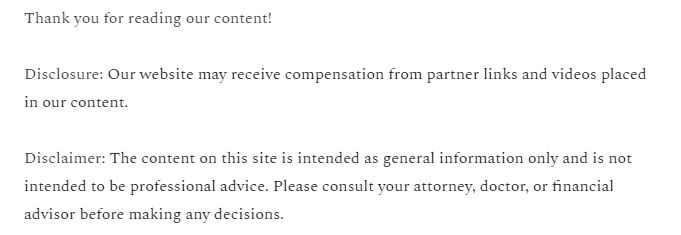
Financial reconciliation is one of those critical business tasks that ensures accuracy, transparency, and financial health. For entrepreneurs, however, it can also be one of the most time-consuming and tedious processes. Traditionally, reconciliation requires comparing bank statements, invoices, receipts, and internal records to make sure every transaction lines up. Even a small oversight can lead to errors, compliance issues, or cash flow problems. Thankfully, automation tools are transforming the way entrepreneurs handle reconciliation, turning what used to be a weekly headache into a streamlined and reliable process.
In this article, we’ll explore how automation tools simplify reconciliation, reduce risks, and save time so entrepreneurs can focus on scaling their businesses instead of getting stuck in spreadsheets.
Why Is the Financial Reconciliation Process So Important?
The financial reconciliation process is more than just checking numbers—it’s about ensuring that your business records match reality. Without it, entrepreneurs could unknowingly operate on inaccurate data, which can snowball into tax issues, missed payments, or fraud. Entrepreneurs who skip this step often find themselves struggling to understand where their money is going or why their accounts don’t align.
Accurate reconciliation keeps your financial statements trustworthy, builds confidence with investors, and helps you make smarter decisions. It also acts as a safeguard, catching errors before they spiral into bigger financial risks. By prioritizing this process, entrepreneurs create a stable foundation for their businesses to grow.
What Challenges Do Entrepreneurs Face with Manual Reconciliation?

Entrepreneurs often find manual reconciliation overwhelming. This is especially true for startups or small businesses that lack dedicated accounting teams. The process can involve hours of digging through spreadsheets, double-checking receipts, and manually entering data. A single typo can throw off entire reports, forcing you to retrace every step.
Here are some common challenges:
- Time-consuming processes: Manually comparing transactions can take several hours or even days.
- High risk of human error: Mistakes are inevitable when handling large volumes of data.
- Limited scalability: As your business grows, so does the complexity of financial records.
- Delayed decision-making: Errors or delays in reconciliation can slow down strategic decisions.
These challenges make it clear why entrepreneurs are turning to automation tools to ease the burden.
How Automation Tools Simplify the Financial Reconciliation Process
For entrepreneurs asking what financial reconciliation is and why it matters, automation tools provide the perfect solution. Instead of spending hours on repetitive tasks, automation software syncs directly with your bank accounts, payment processors, and accounting systems. It pulls in transaction data automatically, reducing the need for manual entry.
Automation makes reconciliation simpler in several ways:
- Automatic data import: No more typing in figures; the software updates records in real time.
- Error detection: Tools highlight discrepancies instantly, helping you fix them before they cause issues.
- Scalability: Automation grows with your business, handling thousands of transactions without slowing down.
- Compliance support: Automated audit trails make it easier to stay compliant with regulations.
The result? Entrepreneurs can spend less time balancing books and more time planning growth strategies.
What Are the Best Features to Look for in Reconciliation Automation Tools?
Not all automation tools are created equal, so entrepreneurs need to choose wisely. Look for software that integrates seamlessly with your current financial systems and offers the following features:
- Bank integration: Direct connections with banks and payment platforms for accurate data imports.
- Customizable rules: Ability to create rules for recurring transactions, reducing manual oversight.
- Real-time dashboards: Visual insights into discrepancies and account balances.
- Multi-currency support: Essential for businesses that operate internationally.
- Data security: Strong encryption to protect sensitive financial data.
By choosing a tool that meets these criteria, entrepreneurs ensure that their financial reconciliation process remains accurate, efficient, and secure.
How Can Entrepreneurs Get Started with Automation?

Transitioning to automated reconciliation doesn’t have to be intimidating. Entrepreneurs can start small by integrating a single tool with their accounting software and gradually expanding as their confidence grows. Here are a few steps to get started:
- Evaluate your needs: Consider the volume of transactions and complexity of your accounts.
- Choose the right tool: Research options that align with your business size and budget.
- Test and train: Run a pilot phase, allowing your team to get comfortable with the software.
- Monitor results: Track time saved, error reduction, and improved reporting accuracy.
With the right approach, entrepreneurs can quickly see how automation saves time and boosts financial clarity.
Final Thoughts
The financial reconciliation process doesn’t have to be a burden for entrepreneurs. By leveraging automation tools, businesses can reduce errors, improve efficiency, and build confidence in their financial data. Instead of dreading monthly or quarterly reconciliations, entrepreneurs can trust that their records are accurate and up to date.
Automation not only simplifies reconciliation—it frees up valuable time and resources, enabling entrepreneurs to focus on innovation, growth, and long-term success..


